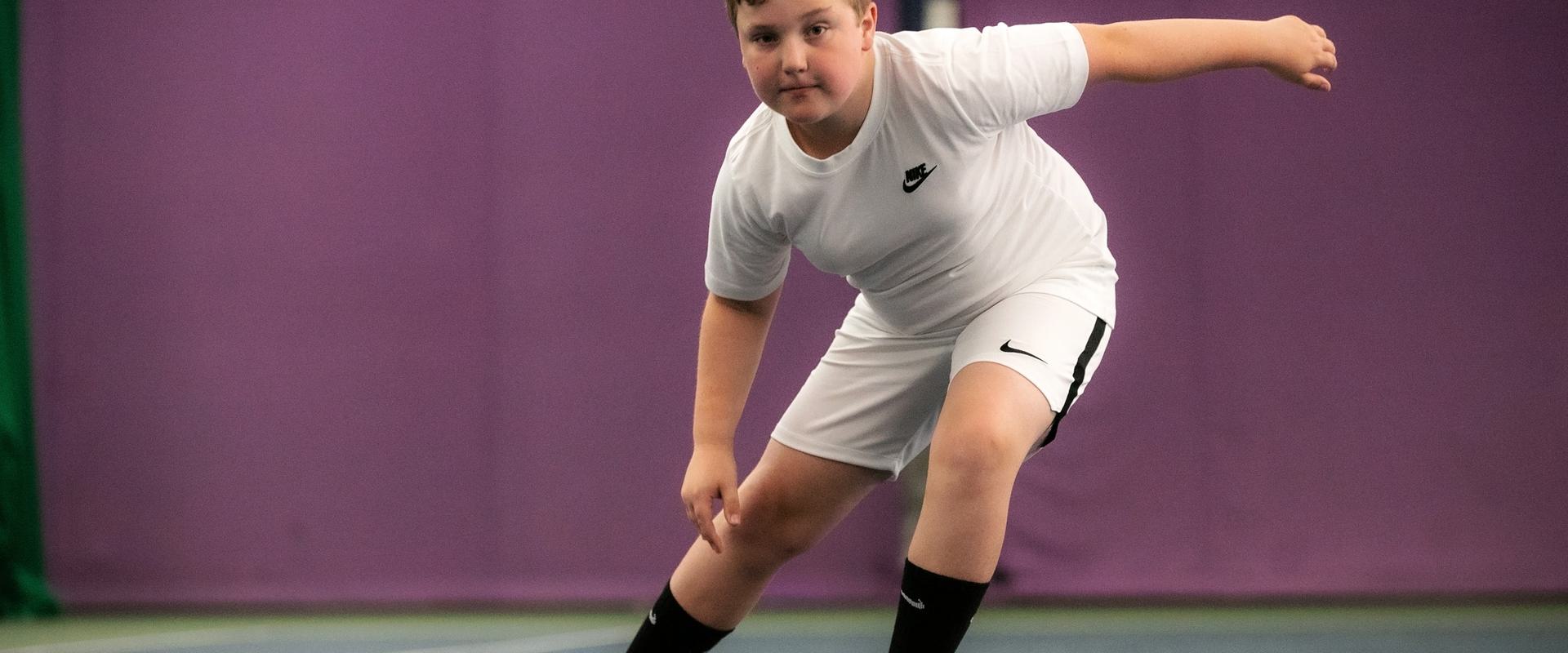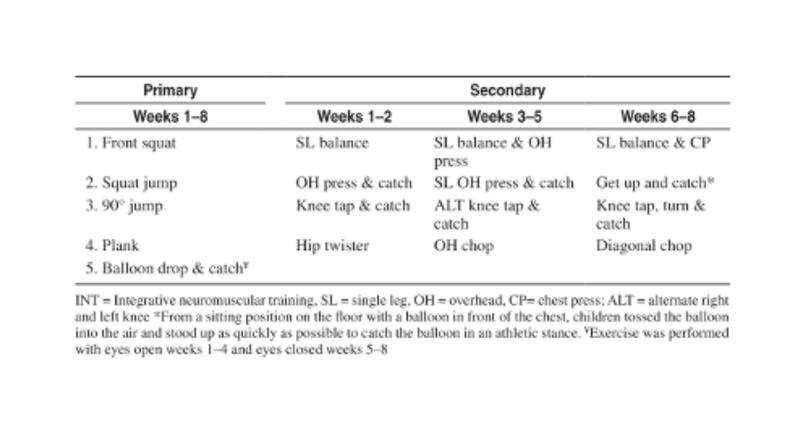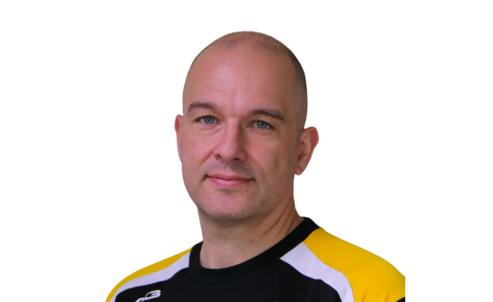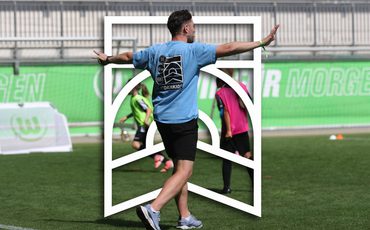
Exercise deficit disorder: Part 2
with Dr. Mark Helme
In my previous post I discussed how childhood obesity was a growing concern (NHS Digital UK, 2020). Taking action to increase physical activity maybe helpful, as an immediate action, but may be limited in terms of longer-term benefits. The term exercise deficit disorder (EDD) (Faigenbaum et al., 2011b) was used to identify those children who fell short of the recommended amount of physical activity. Children experiencing EDD are at greater risk of both child and adult health issues so would benefit from an intervention by a paediatric exercise specialist.
Physical activity refers to the expenditure of energy through voluntary bodily movement, whereas exercise is a form activity, which is planned, regular and with a specific focus. Integrated neuromuscular training (INT) was suggested as a method of exercise which is advantageous to children and one solution to filling the void in those with EDD (Faigenbaum et al., 2013). At this point I am not suggesting that this is the only form of activity children should be doing and things such as explorative play are not effective. What we must acknowledge is, that if we allow children to develop proficiency barriers through a narrow exposure to unplanned physical activity, they are more likely to suffer long term health complications and less likely to develop into talented athletes. The use of INT has been shown to positively influence the broader more holistic development of children.

Figure 1: Qualified education and instruction support the complex programming components for effective implementation of integrative neuromuscular training, taken from (Myer et al., 2013b)
INT is a conditioning program (several sessions over many weeks) that includes both fundamental movement skills (FMS) and specific strength and conditioning activities that target fitness qualities (Myer et al., 2013). If left undeveloped, this reduced overall holistic fitness may harm future sporting participation and/or success. The design of these programs are age appropriate and consider the movement abilities and physical fitness expected of children, at different ages and stages of development. To understand how that might be achieved the youth physical development (Lloyd et al., 2015) and life-span motor development (Gallahue and Ouzman) models are excellent tools to help with this.

Figure 2: An exemplar INT program used at the beginning of a PE class, taken from Faigenbaum et al (2011a)
A study showed by having an INT approach in the first 15 mins of a primary school PE class, the fitness of the children improved (Faigenbaum et al., 2011a). Those in the experimental group increased their upper body strength, aerobic endurance and leg power, compared to control group who performed the previously planned PE curriculum, for the same total amount of time. This shows that just being active and participating in structured sport isn’t always enough to develop children and that more structured exercise is helpful. The purpose here is not to show how much fitter the children were and that conditioning children is the goal. What this is illustrating though is by having a more INT approach to the warm-up the physical health of the children improved. They developed fitness qualities that may help them feel more willing to participate in other sports, that their previous levels of fitness prevented. Improving their fitness allowed them to broaden their physical activity horizons, levels of ability and therefore probability of long physical well-being.
Why did this happen? How did having a more S&C warm-up improve fitness in primary children than a regular PE class. Firstly, key fitness qualities and important movements were specifically trained. The children may not have been any fitter, but more able to express their fitness because of better FMS. Secondly, sport is chaotic, especially when played by primary children. This may not be the best environment to learn and master physical movements. The wildness of the game may distract the children from how they are moving, and this hinders their FMS development. Allowing them 15 mins at the beginning of the session to develop competence in these movements will let them focus on this and concentrate on getting better, one task at a time.
Finally, the children may have developed feelings of competence, confidence and pride in performing these simple tasks, twice a week. For example, if a child could do one press up at the start which may have been disheartening for them and not something, they then value. Why would they try to perform this to their best and to physical failure? By each week practicing in a supportive, developmental way and with appropriate coaching, quick and observable progress is made, that can be easily tracked. This is not as easy to see during play or sports participation and each child’s progress can be lost as they compare their abilities to other children. However, no-one can argue with them performing an extra 1,2 or 5 press-ups per week. That is clear for that child to see and a source of achievement they can carry into other physical tasks, thereby chipping away at the proficiency barrier they had developed.
References and resources
FAIGENBAUM, A. D., BEST, T. M., MACDONALD, J., MYER, G. D. & STRACCIOLINI, A. 2014. Top 10 Research Questions Related to Exercise Deficit Disorder (EDD) in Youth. Research Quarterly for Exercise & Sport, 85, 297-307.
FAIGENBAUM, A. D., FARRELL, A., FABIANO, M., RADLER, T., NACLERIO, F., RATAMESS, N. A., KANG, J. & MYER, G. D. 2011a. Effects of Integrative Neuromuscular Training on Fitness Performance in Children. Pediatric Exercise Science, 23, 573-584.
FAIGENBAUM, A. D., LLOYD, R. S., SHEEHAN, D. & MYER, G. D. 2013. The Role of the Pediatric Exercise Specialist in Treating Exercise Deficit Disorder in Youth. Strength and Conditioning Journal, 35, 34-41.
FAIGENBAUM, A. D. & MYER, G. D. 2012. Exercise Deficit Disorder in Youth: Play Now or Pay Later. Current Sports Medicine Reports (Lippincott Williams & Wilkins), 11, 196-200.
FAIGENBAUM, A. D., STRACCIOLINI, A. & MYER, G. D. 2011b. Exercise deficit disorder in youth: a hidden truth. Acta Paediatrica, 100, 1423-1425.
LLOYD, R. S., OLIVER, J. L., FAIGENBAUM, A. D., HOWARD, R., DE STE CROIX, M. B. A., WILLIAMS, C. A., BEST, T. M., ALVAR, B. A., MICHELI, L. J., THOMAS, D. P., HATFIELD, D. L., CRONIN, J. B. & MYER, G. D. 2015. Long-Term Athletic Development- Part 1: A Pathway for All Youth. Journal of Strength and Conditioning Research, 29, 1439-1450.
MYER, G. D., FAIGENBAUM, A. D., STRACCIOLINI, A., HEWETT, T. E., MICHELI, L. J. & BEST, T. M. 2013. Exercise Deficit Disorder in Youth: A Paradigm Shift toward Disease Prevention and Comprehensive Care. Current Sports Medicine Reports, 12, 248-255.
NHS UK Digital (2020), Statistics on Obesity, Physical Activity and Diet, England, 2020 [Online] England, NHS England. Available from < https://digital.nhs.uk/data-an... >[Accessed 09/9/2020]
WALKER, G., STRACCIOLINI, A., FAIGENBAUM, A. D. & MYER, G. D. 2018. Physical Inactivity in Youth: Can Exercise Deficit Disorder Alter the Way We View Preventative Care? ACSM's Health & Fitness Journal, 22, 42-46.

Dr. Mark Helme
Mark is a Lecturer in Sport Coaching at Leeds Beckett University. His background is predominately in the areas of Strength and Conditioning. He has been active as an accredited practitioner, with the UKSCA, since 2007. Having worked with athletes from a range of sports and all age ranges, he has brought this experience to both his research and teaching activities. Mark’s doctoral research was exploring the implications of strength asymmetries on the sprint performances and injury rates of Rugby League players. As part of this research activity, he has also published biomechanical analysis of single leg strength training exercises. Mark’s current research interests are to further explore the transfer of single leg strength to sporting performance task, such as sprinting and changing direction. He will also be undertaking projects that explore how to create new pedagogical approaches to implementing resistance training in pre-adolescent children.
Comments
Related Pages


